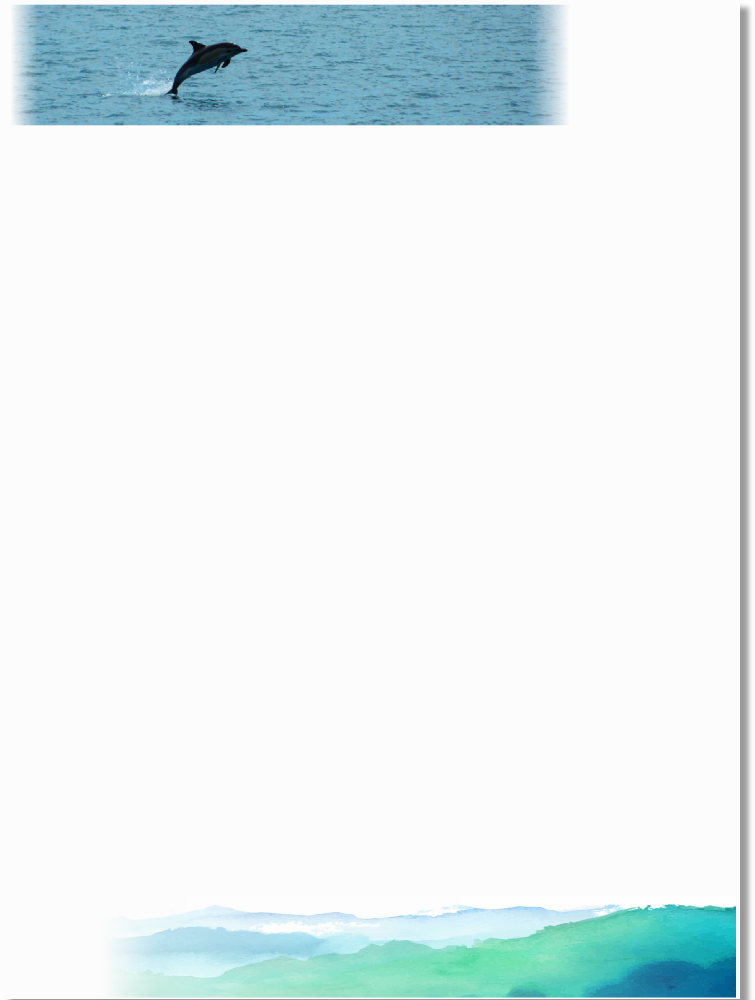



GROUP
Plymouth Field Course 2019
4
Disclaimer: the views and opinions on this website are not necessarily expressed by The National Oceanography Centre or the University of Southampton. They are completely representative of the authors of this website.

Flow Cytometry
Methodology:
OFF-SHORE
On 6th July 2019, at 1035 UTC, when offshore on the RV Callista, 3 samples were collected at station 3 (Station 27, 50 ° 06.216 N, 04 ° 16.481 W) at 3 different depths, 22.9m (sample 102), 14.2m (sample 69), and 4.2m (sample 62), for cytosense analysis in order to quantify the relative abundance of microplankton (>20µm) and nanoplankton (2-20µm) at each depth. This station was chosen to collect these samples due to a deep chlorophyll maximum (DCM) being observed at about 20-25m.
It was expected that the larger cells such as diatoms would be found at deeper depths where the DCM occurs, as indicated by previous research [2]. This is probably because there are increased nutrients within the DCM, as it coincides with the nutricline [3], therefore one would also have expected the total number of cells to increase towards the DCM.
Samples collected were stored for consequent lab analysis, which was carried out using a flow cytometer. This produced cell number, concentration in the sample and an individual fluorescence spectrum for each cell.
Results:
The highest total cell concentration (cells µl-1) was found in sample Cyto 102, which was collected at a depth of 22.9m, and total cell concentration decreased with decreasing depth (figure 1). At all depths, red fluorescence was predominantly produced by the larger microplankton (>20µm), indicating a larger proportion of these cells were chlorophyll containing (phytoplankton), compared with the nanoplankton (2-20µm). The microplankton cell concentration decreased with increasing depth, whereas the nanoplankton cell concentration increased with increasing depth (figure 2). The highest total red fluorescence was observed in Cyto 62, which was obtained at the shallowest depth (4.2m).
TO NOTE: A limitation with flow cytometry was electrical noise, and therefore it can be subjective in distinguishing between noise and actual readings from plankton, as it had to be manually chosen.
Figure 1: Rollover figure to see caption
Figure 2: Rollover figure to see caption
Table 1: Rollover figure to see caption